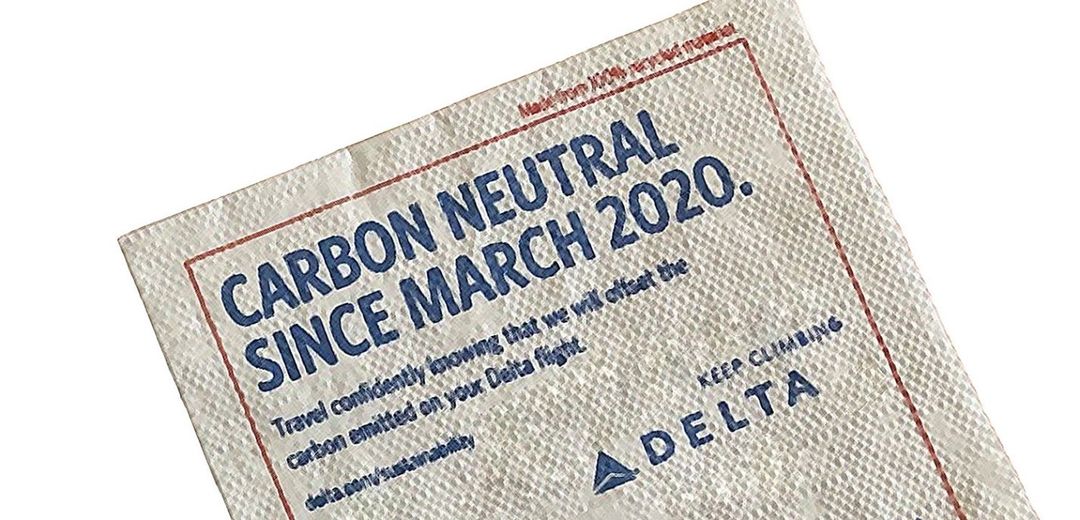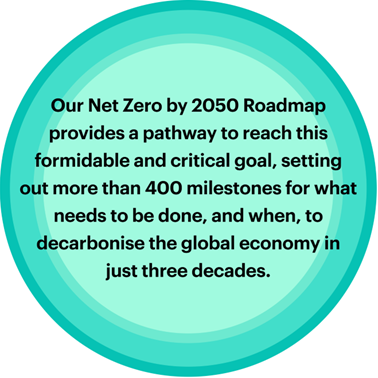We don’t need more content about climate change…
Let’s just say it plainly: we are not winning the communication battle on climate change. And it’s not for lack of trying.
That doesn’t mean we’re not talking; there’s more noise than ever. Government announcements. Corporate pledges. Influencer content. Videos, infographics, white papers, and AI-generated Earths melting into puddles. It’s everywhere. But somehow, most of it doesn’t land. 85% of people are concerned about climate change now, and 63% think about it regularly. Yet, most are still confused. Or numb. Or they just scroll past, vaguely worried but with no idea what they’re supposed to do.
In 2021, Google searches for “climate anxiety” went up by 565%. People are increasingly becoming so worried about climate change that it’s causing “intrusive thoughts or feelings of distress about future disasters… [and] gets in the way of one’s social relationships or functioning at work or school.” Yet, this severe level of anxiety was linked to symptoms of depression “only in those who were not engaged in group activities to address global warming.”
Ultimately, people are feeling increasingly helpless because they don’t know what to do to fight climate change. At the same time, the science is clearer than it’s ever been. The solutions are known, proven, and in many cases, already cost-effective. The problem isn’t a lack of content about climate change — it simply isn’t getting people to act. Most climate messaging today is either too confusing, too boring, or too disconnected from action.
What makes climate change messaging so confusing?
I’ve spent the past few years helping climate and clean energy companies craft their messaging, and I’ve seen this same pattern play out across teams of all sizes. From solo founders to Fortune 500s. From earnest startups with a breakthrough idea to global players trying to meet ESG mandates.
And the problem almost always looks the same: They bury the signal.
Too many words. Not enough clarity. No emotional connection. No structure. And worst of all, no action at the end.
Let me walk you through a few examples that show how this breakdown happens.
The Vague ‘Net-Zero’ Pledge

By 2020, 110 governments had already announced ambitious “Net Zero by 2050” goals. These pledges look powerful on paper, but many lack transparency. A telling example comes from my home country of Canada. In a government-produced “Net-Zero by 2050” video, a narrator announces, “Canada has tabled legislation that legally binds the government to a process to achieve net-zero emissions by 2050,” over stock footage and music that feels more like hold music than a call to action.
What’s the solution? We’re told we’ll get there by “innovating and switching to clean technology.” The only specific commitment mentioned is the planting of two billion trees. But here’s the catch: Canada currently harvests over 165 million cubic meters of wood each year, equivalent to more than 130 million trees annually. At that rate, those two billion trees won’t even offset two decades of logging, let alone make any contribution toward carbon neutrality. This is greenwashing, not action.
Greenwashing: Climate Anti-action through Confusion
In communication terms, greenwashing is the opposite of clear content. It’s designed not to inform but to obscure. Not to guide, but to confuse people, stall action, and sidestep responsibility. When climate messaging is used to cover up negative impacts, we don’t just lose clarity. We lose time, credibility, and momentum. And those are things this movement can’t afford.
A great example of this is when Delta Airlines proudly announced it was “Carbon Neutral Since March 2020” on its in-flight napkins. The claim, though catchy, quickly unraveled under scrutiny. While Delta did invest 137 million in 27 megatons of carbon offsets, those offsets have been widely criticized as unverifiable or ineffective, particularly in cases where credits were purchased for forest conservation projects that were never under threat to begin with. And that was before their emissions grew 23% from 2022 to 2023…

In 2023, a class-action lawsuit accused the airline of greenwashing, arguing that the company misled customers into thinking their flights had no environmental impact. The case is still unfolding, but it serves as a cautionary tale of the repercussions organizations face when they embellish their marketing language without properly backing it up with transparency and action.
So, what’s the solution to this (aside from more honesty from executives and policy makers), we need better content.
What good climate content looks like
If you are looking for a good example of how to properly organize a Net-Zero 2050 plan, the IEA {@ their account} is literally the global authority on this. The International Energy Agency’s “Net Zero by 2050” roadmap (the downloadable PDF at the top) outlines an effective pathway to stay under 1.5°C, but it’s addressed to policymakers and very information-dense. It’s simply too hard for most people to follow.
To make it easier to digest, they made a quick, engaging summary as you scroll down the landing page. The animations are a nice touch, too.

The fashion industry is a significant contributor to climate change with its insatiable demand for water, pervasive use of plastics, and deforestation of land dedicated to growing cotton. While many fashion brands drown this fact out with marketing jargon or cheap promises, Patagonia {@ their account} did the opposite.
Their “Don’t Buy This Jacket” campaign in The New York Times featured an image of Patagonia’s R2 jacket, followed by a bleak reminder of the environmental cost: 36 gallons (135 liters) of water used, 20 pounds of CO₂ emissions, and two-thirds of the jacket’s weight generated as manufacturing waste. The message? Buy less. Buy better. Fix what you have. Reuse or recycle products, don’t overconsume.
Despite telling customers not to buy, Patagonia saw its revenue jump 30% the following year. This campaign wasn’t just an ad… it was an invitation to join a movement.
That’s the solution. People want to be part of the solution and choose companies and projects that are taking climate change seriously. We need to start explaining the solutions we already have with clear, compelling content.
How can you improve your content?
What these campaigns share (and what most others lack) is a structure. A system. A way of getting across the what, the why, and the now what without overwhelming, confusing, or just boring their audience.
In trying to solve this exact issue, I built a framework I recently shared in a talk at an online meet-up with other Content Designers in China.
I call it: Sketch → Color → Shade.
It’s simple, but deadly effective.
Sketch means starting with the core idea. Cut the fluff. If you can’t explain your value to a smart 10-year-old, it’s not clear enough yet. Too many professionals write intros that feel like resumes. “We align carbon data with corporate ESG targets to drive sustainable growth.” Instead, be more direct and focus on clarity: “We help companies track their carbon emissions and lower them.” Done.
Color is where emotion comes in. Not fake hype, but real stakes. You want people to feel something? Then show them something they recognize. Use imagery, contrast, and urgency to make them connect with your message.
Shade is the structure. The logic. The pyramid of thought that supports your conclusion. Because emotion without structure fades, like the memory of all those TikTok videos you doom scroll at night. Having good structure in your content is how you move people from attention to action.
Is your content compelling people to act?
So, if your team is still arguing over what the “real value” of your climate solution is…
If your customers don’t seem to get what you’re offering…
If your campaign feels like it’s missing something, even though the facts are all there…
Then this framework can help.
If you are interested in learning more about the framework I use, watch the seminar recording.
Or get the PDF here from the presentation here {Link to view the PDF on our site}
If you still need help crafting a clear and compelling communication strategy, feel free to message me directly. linkedin.com/in/jared-t/
We are all in this fight together, after all.
Jared Thompson
Managing Director, Inquill Agency
- Helping clean energy and climate solutions scale through better communication




